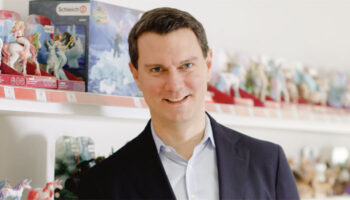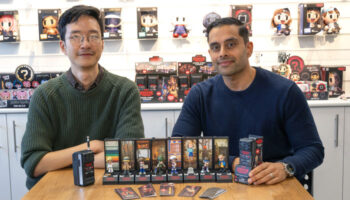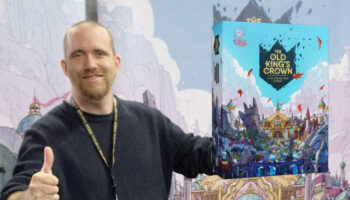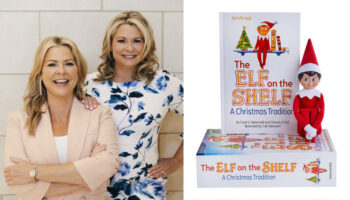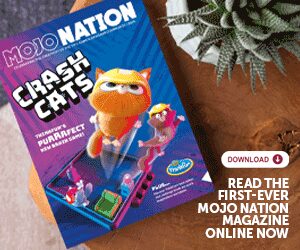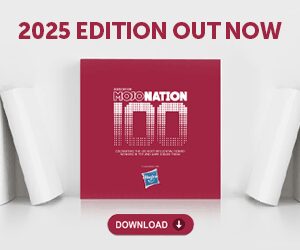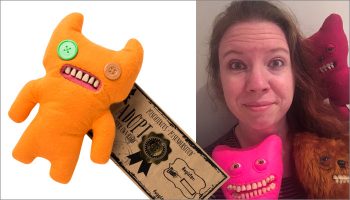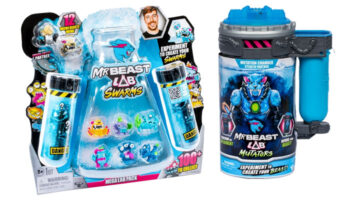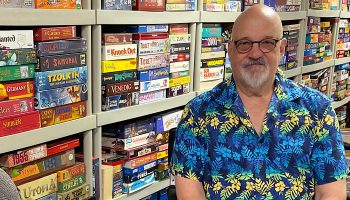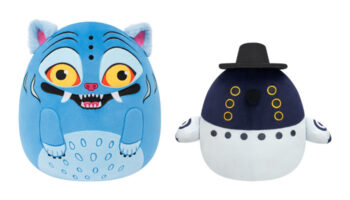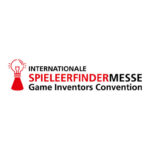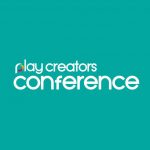“We’ve brought diecast thinking to bricks”: Craig Callum – Senior Design Manager for Hot Wheels – talks Mattel Brick Shop

Craig, it’s great to connect. To kick us off, what set you on the path to a career in design? And was toys always on the cards?
I always wanted to be designer. I was drawing from a very young age. My mum saw I was quite talented so she encouraged me to do more of it – which is quite unique, as usually you’re told to grow out of drawing and focus on maths, reading and all that sort of thing! When I was about five I decided I wanted to be a car designer. Mum said I had to do well in everything at school because car designers needed to be good at everything – which actually turned out to be true.I went on to study automotive design at university and went straight into a car design job.
How did you go from car design to toy design?
Well, I was in the automotive industry for about five years or so. It’s very serious and it’s very competitive – overly so. I didn’t like how competitive it was, so I took a bit of a break and wasn’t entirely sure what to do next. I was then contacted by a toy brand who wanted me to help out with some toy cars. I thought: ‘Of course! Toy cars need designing too!’ That moved me into the world of toys and it’s been fun ever since.
Terrific! And am I right in thinking quite a few Hot Wheels designers started life in automotive design?
Oh, totally. The great thing is that we get to design an entire car and really have fun with it. We’re not held back by some of the things that real automotive design has to consider. Especially when some of our cars are full-on fantasy vehicles like slices of cake made to look like hot rods and things like that. It’s every car designer’s dream, really.
And funnily enough, I’ve recently been talking to a few car designers that are still in the automotive industry and they’re very inspired by what we do at Hot Wheels. That full circle is fun – car designers come into Hot Wheels and Hot Wheels inspires the automotive world.

Absolutely. Now, let’s talk about Mattel Brick Shop! These new sets look terrific – you can build a raft of different Hot Wheels vehicles, and each comes with its own exclusive Hot Wheels car. What kicks off the design process on one of these?
We have three different scales that we work to, and the first step is deciding what cool cars we want to do, and what scale to do them in. It all starts with that question: What are the coolest cars we could be possibly celebrate in brick form?
Then we work with a combination of 3D CAD from the manufacturer, layout drawings, even our own CAD data from our diecast cars. That’s key as we wanted to make sure that we’re still bringing the Hot Wheels DNA in these sets. So we use all that data, scale it to the right size and then work from there on getting the proportions and details right.
Yes, I suppose there’s two key considerations there – you want an end result that looks beautiful, as well as a build that’s interesting and engaging.
Exactly. Getting those two aspects right is a huge part of it. We want to present the car in the best possible light, and that might involve incorporating special elements that make the car even more realistic – but we still want to retain that brick form. You don’t want this to just look exactly like a scale model of the car – that brick aesthetic is important. That said, authenticity is important too; we don’t want the cars to look too blocky. It’s a balancing act. We’re trying to appeal to automotive fans. We want to make sure the building experience is engaging, and the end result has that level of realism and detail when it’s on display.

Speaking of detail, are there any design touches in this range that you’re especially proud of?
There’s so much! What really stands out with these sets is the use of real metal parts. Rather than just focusing on the plastic bricks, we really wanted to bring the authenticity and Hot Wheels spirit into the range. Part of that comes with having real diecast parts that work with the bricks. With the Mercedes-Benz 300 SL, the wing mirrors and the badge are all metal – and both sets of wheels have metal hubcaps. That’s where we’ve gone to the next level and brought diecast thinking into the world of plastic bricks.
And I’m delighted with the car choices as well. The NSX… The Chevy Truck… They resonate with me.

I was going to ask, do you drive an interesting car?
Yeah, one or two. I just bought a practical daily car, which is a 1955 Chevy Bel Air Delray.
That’s a relief! I would’ve been disappointed if you cycled to work.
Ha! I’ve also got a 1928 Ford Model A Roadster Hot Rod that I’m building here in LA. And I’ve got my first car – a 1974 Austin Mini – that I’ve owned since I was 17. I shipped that out to California, so that’s a fun one. I drive that quite a lot. And then in Denmark, I’ve got a 1931 Ford Model A that I race – I do beach racing.
Amazing! And does owning these types of cars fuel your creativity – or contribute to how you approach design at Hot Wheels in any way?
Yes and no. At the moment, I have very American hot rod culture focus in my real car life, but when it comes to the cars we’re producing at Mattel, we’re working with European cars, JDMs, 90s cars… I don’t think I’d ever own a 90s car but they’re huge right now and very collectible. So it’s certainly not inspiring the vehicles we choose to work on. It’s more that they inspire me to stay creative and to stay fun with it. Working on the cars and the reaction my cars get from the public – that certainly inspires my creativity.
I remember one of the things that really got me into cars was, back when I was a kid, my mum had a Citroen 2CV. I didn’t think anything of it – it was just my mom’s car. I remember going out in it one day and we were driving around a roundabout and another Citroen 2CV came around the roundabout. It was full of students, and they saw our car and started cheering and waving at us. was like: ‘Wow, cars can create this kind of reaction.’ The car had managed to create this fun interaction with people. It sparked an emotional response.
That’s when I decided I’m not going to have a boring car to drive every day. My car has to spark some kind of emotion in someone. And it’s not because I want the attention – I just love that spark of connection. And it’s about how do I capture that feeling and put that into the toys I’m designing?
Amazing. And you’re from the UK originally?
Yes.
Is there a noticeable difference in car cultures betwwen the UK and LA?
A huge difference, but lots of similarities too. In terms of the vehicles these countries love, that’s very similar. But moving to LA has been a dream for me because the car culture here is just another level. We have cars and coffee every morning. You decide what car you’ll be driving and where you want to go, and there’ll be somewhere you can take it to meet other people. There’s also the accessibility. You can experience any car here and it blurs the line of what these car cultures are. Your car culture and community might span all the way to Japan and back.
I spent a long time in Denmark, and I had my race car there. It’s a very niche group of people, but their passion for this is just another level. My friend started a race called Rømø Motor Festival there where we race these cars once a year. You wouldn’t think car culture is at the heart of that place, but there’s this small community that’s perhaps even tighter and stronger than communities that have every car option available to them.
Craig, I could pick your brain for days but we need to wrap up! So one last question… What’s the most underrated Hot Wheels item you’ve worked on? We’ll give some attention here!
I work on all diecast design for Hot Wheels. Everything from our Elite 64 items right down to our basic diecast cars for kids… And there’s so many vehicles that we put out there that I love! Maybe some of the basics are underrated because they cost $1.25. There’s some designs in there that I’m super proud of – the team does a great job with those.
In terms of my own personal designs, I did a collaboration with Magic 8-Ball, where we have a 60s, 70s hot rod-inspired car with a big dome top. And it’s a Magic 8 Ball.
A functioning Magic-8 Ball?
Yes! It only has eight answers as we were limited with space, but it’s brilliant. It’s also a good example of the collaboration we do within Mattel across our brands. And as with all of our stuff, even if some of the launches go under the radar industry-wise, the great thing is that kids will know and appreciate them.
Absolutely. And that Magic-8 Ball car looks terrific. Thanks again Craig, let’s tie-in again soon.
–
To stay in the loop with the latest news, interviews and features from the world of toy and game design, sign up to our weekly newsletter here




